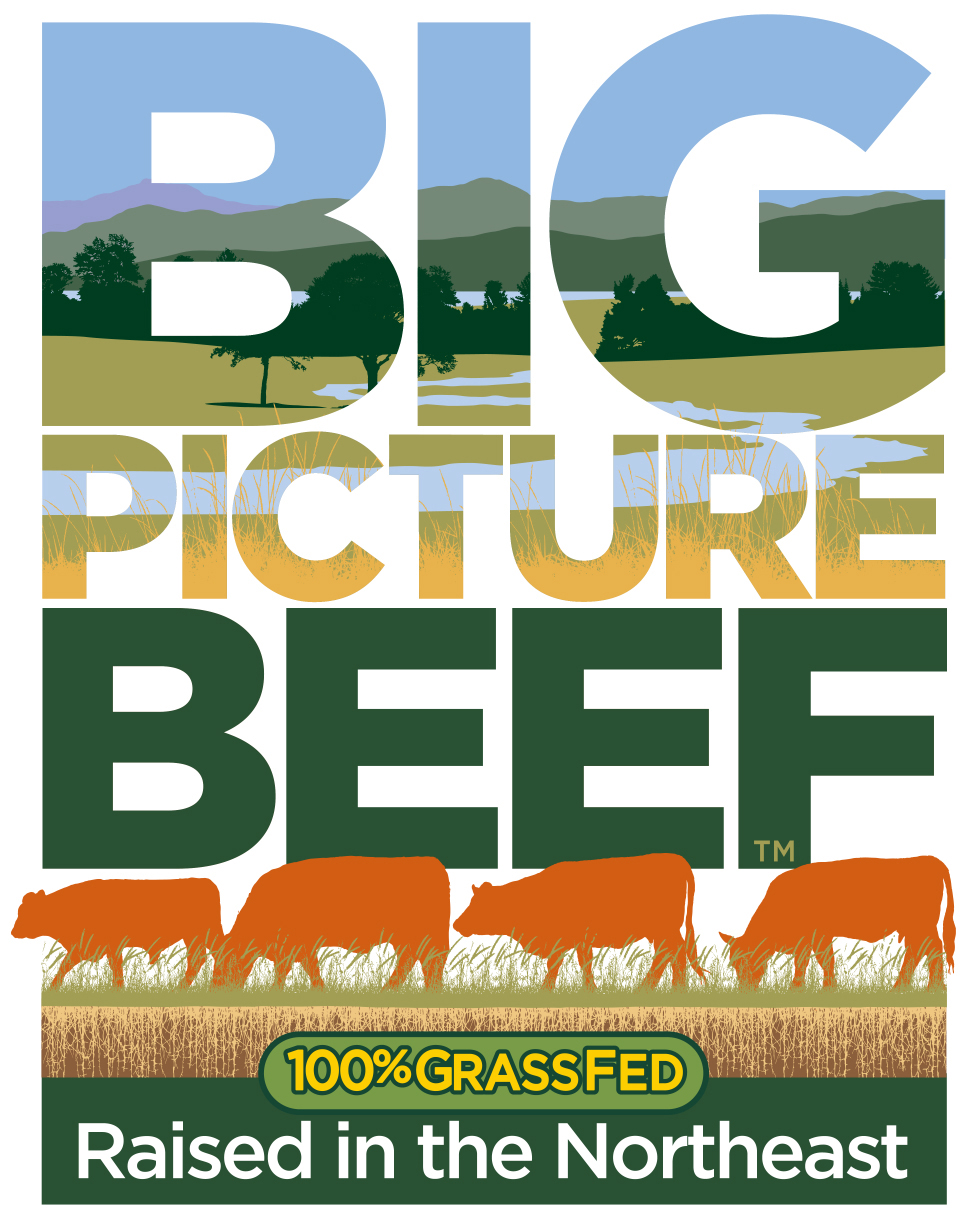The Impossible Burger: a Failed Concept
By Ridge Shinn and Lynne Pledger
They got the name right - it’s impossible to make a burger out of soy that’s as environmentally friendly as a burger made from 100% grass-fed beef. We’d bet the farm on that.
The key ingredient of The Impossible Burger - the latest non-meat hamburger - is processed from genetically modified soybeans. Soy is an annual crop, meaning that the vast soy fields are plowed and cultivated every year, causing soil carbon to oxidize and be released to the atmosphere. A crop that is both genetically modified and also causes the emission of greenhouse gas already raises red flags, but there are additional problems with soy that are less well understood.
Monocultures of annual crops such as soy and corn are disastrous for farmland. Maybe you think “disastrous” is too strong? Just look at the states where these crops are grown. The ruinous floods and droughts that increasingly plague our Midwest are two sides of the same coin. Both occur where extensive acreages are planted to annual crops year after year. The annual plowing and application of chemicals disrupts soil structure and harms beneficial microorganisms that enable farmland to absorb and retain water. Without this soil capacity, water runs off the surface of fields, eroding land and carrying chemical fertilizers and pesticides into waterways.
In addition, writer Andrew R. French notes the harm that annual cropping causes to animals, from microbes to mammals:
One could argue that the most suffering of all is caused by the practice of annual agriculture, which is the cultivation of vegetables, including grains, beans, and rice, that only take one year to grow from seed to food. We displace countless wild animals from their homes and landscapes when we cultivate annual crops. Not only that, we also kill thousands of creatures when we till the soil and pull our harvests from its depths.... This use of arable land .... takes away the daily meals of billions of wild animals such as rabbits, bees, rodents, turkeys, earthworms, and endless insects, and it destroys their habitat, family structure, hunting grounds, and nectaries.
If you look at the big picture, the most beneficial food comes from perennial pasture with a year-round cover of vegetation. Pasture, while being maintained as habitat, can also be grazed in a planned rotation by beef cattle that are 100% grass fed - no corn, ever. More and more livestock farmers are now raising 100% grass-fed beef and adopting this approach to grazing and caring for the land.
When farmers put grass-fed beef cattle on perennial pastures and manage their grazing correctly, they increase both the soil’s fertility and its capacity to hold water, which protects against droughts and floods. This synergy of perennial pasture and well-managed cattle is regenerative farming. It sequesters carbon (a key climate strategy), builds topsoil, and increases diversity above and below the soil line.
It is also the ideal way to produce healthy beef that includes nutrients made available to the plants - and eventually to the cattle - via microorganisms that thrive around the deep roots of pasture plants in the fertile soil. We guarantee you will not find these nutrients in a laboratory burger.
And this healthy protein - 100% grass-fed beef - is becoming available in markets large and small. If your favorite market doesn’t carry Big Picture Beef, ask your grocer to order it. Remember what Wendell Berry said: “Eating is an agricultural act.”
Ridge Shinn is the CEO of Big Picture Beef. Lynne Pledger is the Communications Director.

